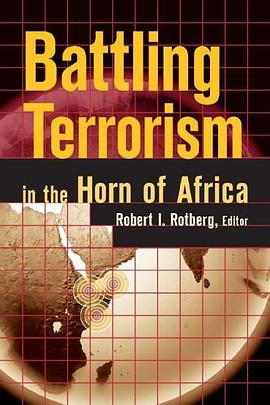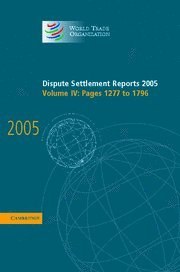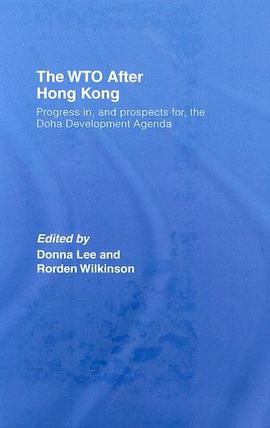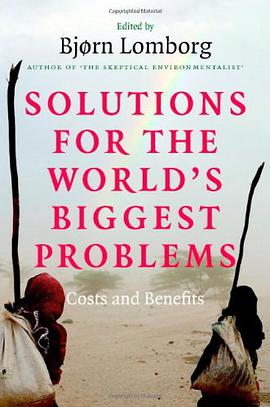

具體描述
How effective are regional and interregional institutions in managing Asiaa (TM)s increasingly complex economic and security ties? This question is currently the subject of intense debate among both academics and policymakers. Based on an innovative approach to analyzing institutional design, this path-breaking book provides a rich theoretical and empirical analysis of trends in Northeast, Southeast, and South Asia. In particular, it shows how three major shocksa "the end of the Cold War, the 1997 Asian financial crisis, and the 9/11 attacksa "have challenged Asiaa (TM)s long-standing trade and security order and generated a new set of institutional structures for coping with regional dynamics. Whereas the original postwar trade and security order revolved around bilateral alliance structures, global economic and security institutions, and long-standing corporate and ethnic networks, the new institutional environment in Asia is manifested by the proliferation of preferential trading arrangements and security dialogues, both official and unofficial, formal and informal, bilateral and minilateral. Asiaa (TM)s New Institutional Architecture brings together a multinational group of specialists on Asian trade and security to provide a theoretically grounded analysis of historical and current developments in the region. The book will be must reading for those interested in examining future trends for Asia and its relations with the world.
著者簡介
圖書目錄
讀後感
評分
評分
評分
評分
用戶評價
相關圖書
本站所有內容均為互聯網搜索引擎提供的公開搜索信息,本站不存儲任何數據與內容,任何內容與數據均與本站無關,如有需要請聯繫相關搜索引擎包括但不限於百度,google,bing,sogou 等
© 2025 book.quotespace.org All Rights Reserved. 小美書屋 版权所有




















